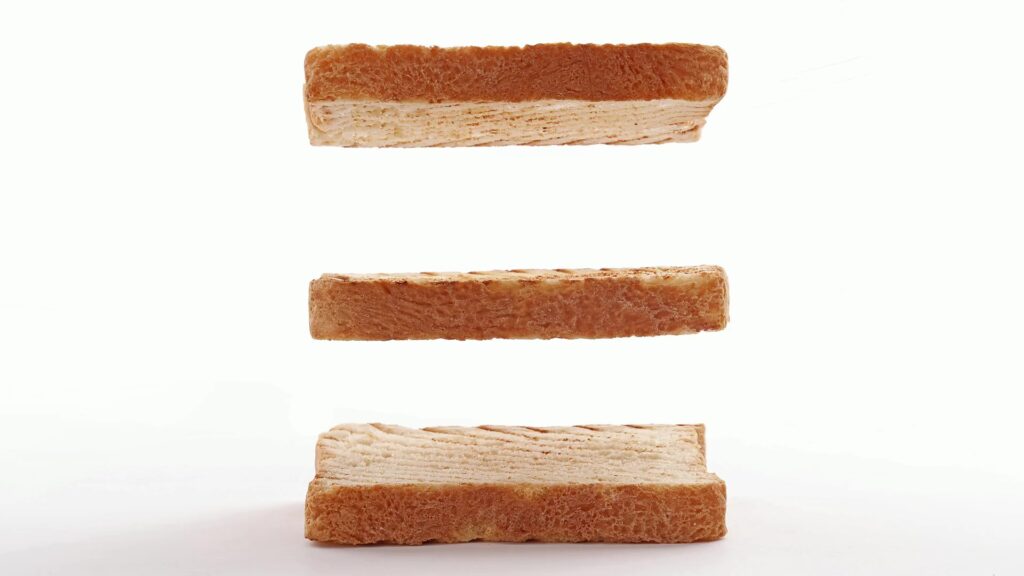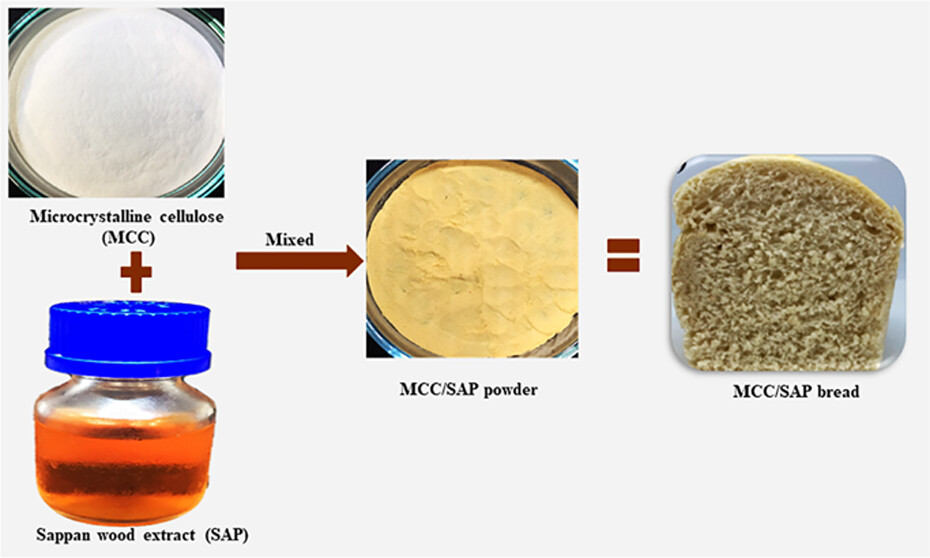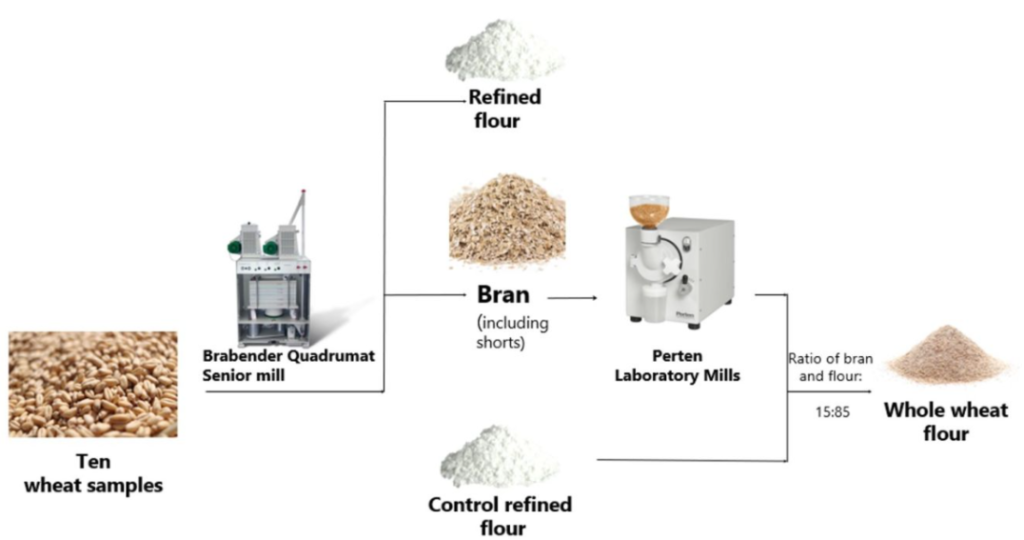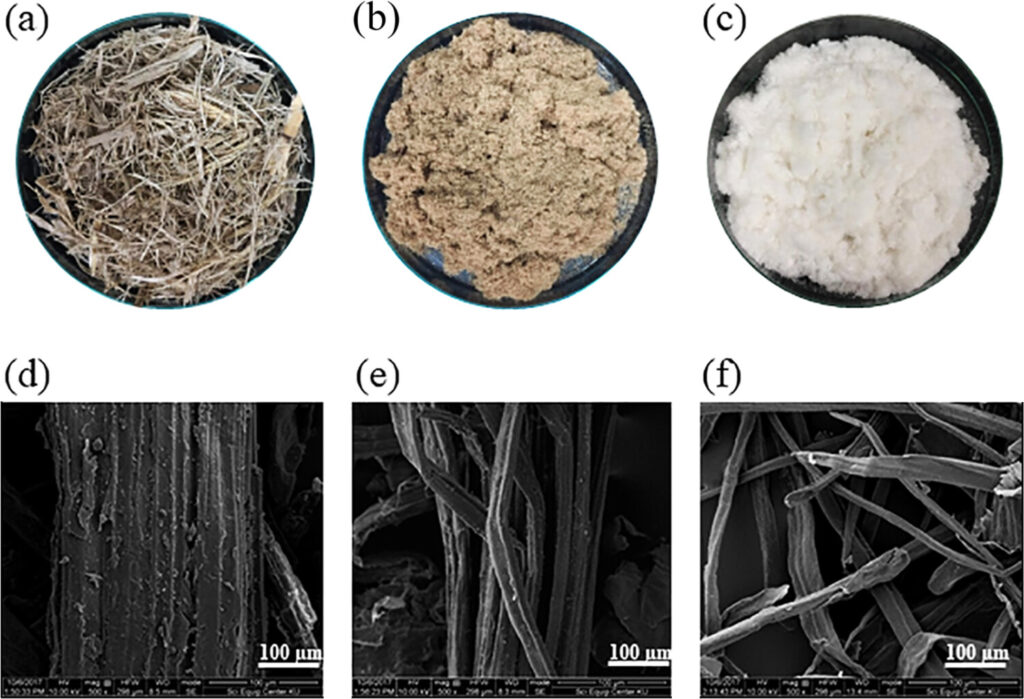From American Chemical Society 21/09/23

Whether light and fluffy or thin and flexible, bread holds an important place in many cultures and cuisines.
And despite millennia of baking experience, scientists are still striving to improve this staple food.
Below are some recent papers published in ACS journals that report insights into the quality, healthfulness, and preparation of bread.
“Unraveling the Influence of Wheat Bran Chemical Composition, Lipolytic Enzyme Activities, and Phenolic Components on the Bread-Making Properties of Reconstituted Whole Wheat Flours”
ACS Food Science & Technology
Sept. 13, 2023

Whole-wheat bread contains more dietary fiber than its white bread counterpart because it contains wheat bran and germ, but those components also cause baked goods to be flatter and denser.
Now, researchers have shown that the enzyme lipoxygenase could be contributing to this phenomenon. In tests, the team combined white flour and separate brans from 10 different wheat genotypes.
The brans with greater lipoxygenase activity produced flatter loafs. Future studies are needed to determine how lipoxygenase influences the quality of whole-wheat products, the researchers say.
“Proteomic Characterization of Wheat Protein Fractions Taken at Different Baking Conditions”
Journal of Agricultural and Food Chemistry
Aug.15, 2023

Here, researchers prepared three wheat flour-based baked goods: a thin crispbread, a shaped loaf and pretzel rolls.
Then, they analyzed the products’ crumb and crust, and found that the abundances of 82 gluten proteins were affected by the dough’s processing conditions.
Interestingly, most of the protein changes could be attributed to the high heat of baking. The results could be used to help guide wheat breeding and improve future bread products.
“Microcrystalline Cellulose Isolation and Impregnation with Sappan Wood Extracts as Antioxidant Dietary Fiber for Bread Preparation”
ACS Omega
Aug. 14, 2023

Plant cellulose is an edible fiber, and the microcrystalline form can stabilize and thicken foods, making it a promising ingredient in baked goods.
And adding phenolic compounds, such as those extracted from wood, to dietary fibers could impart extra nutritional benefits.
Now, scientists have soaked microcrystalline cellulose in extracts from sappan wood and then used various amounts of the powder to bake bread.
Test results indicated that a small amount of the cellulose-based additive could enhance a bakery product’s antioxidant activity and phenolic content with minimal impacts on the overall color or texture.



